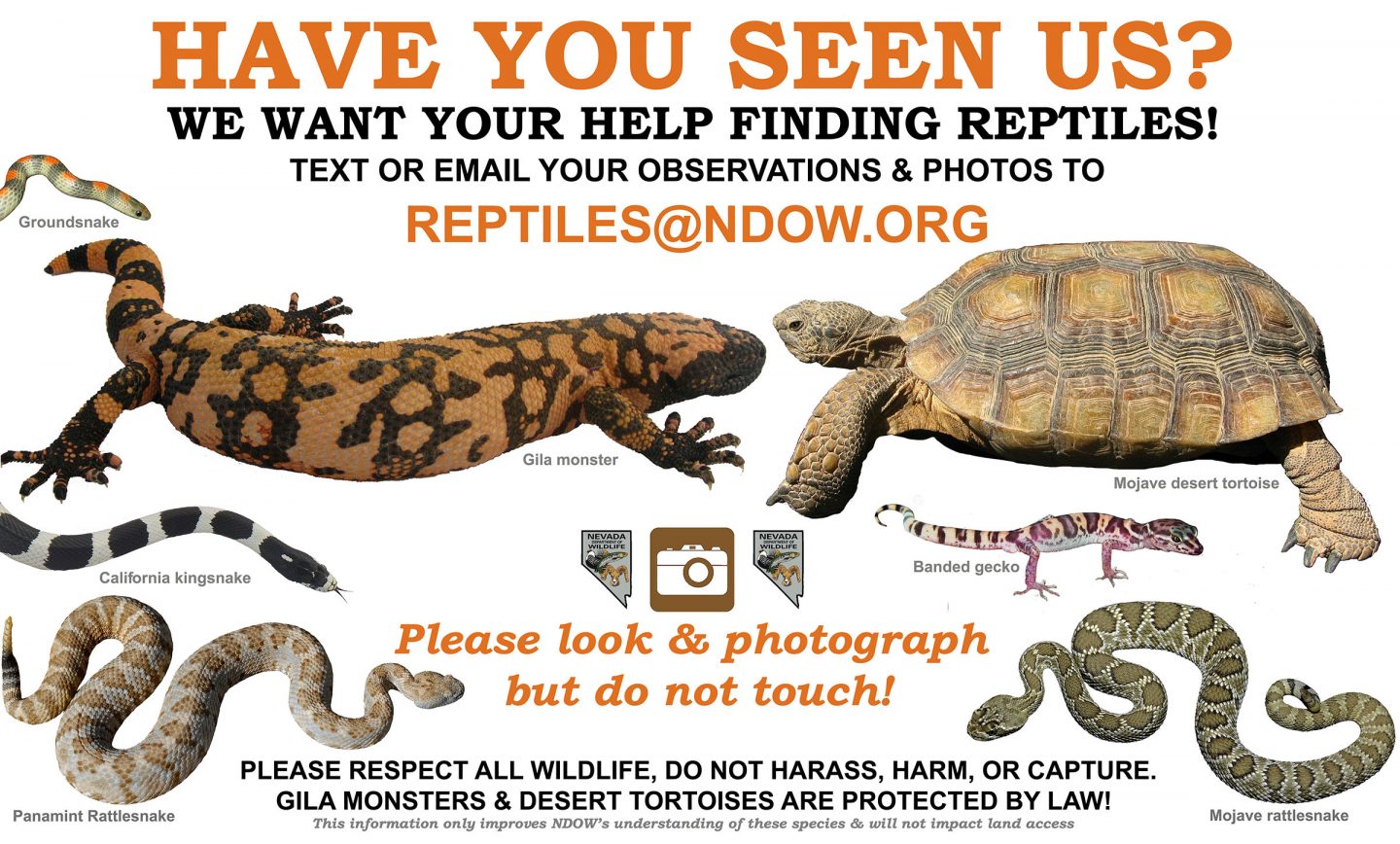novicetortoise
New Member
Hi guys, I am new here. I have done tons of research on this forum but I still have some questions to make sure I’m doing everything correctly. I am going to explain how I plan on setting up its enclosure until it gets big/old enough to have it outside.
The desert tortoise I have is a hatchling, probably no more than a few weeks old. I would like everyone’s opinion on how I should do its enclosure. Here’s my ideas so far:
For substrate, I’m going to use a mix of natural dirt from outside, small rocks, and coco coir. Eventually I am going to purchase some orchid bark as well to mix in.
For lighting, I am using a 75W basking bulb and a 10.0 UVB tube light that will be mounted inside of the enclosure. At night, my house gets to be around 70°, so I don’t think I will need a CHE. The enclosure is going to be a glass terrarium with a mesh lid.
I am going to provide the tortoise with 2 terracotta dishes with water and one smaller dish for its food. I’m going to bury each dish in the substrate so the tortoise doesn’t flop over trying to climb out of them.
For the UVB side, I am going to take a black container and cut one hole big enough for the tortoise to go into to hide and burrow. I will spray the enclosure each day to maintain humidity and especially keep the hiding area humid.
For the basking side, I have open ended log hides that I’m going to bury in the substrate so the tortoise doesn’t flop over off of them and has an easy time getting around.
Is there anything I’m missing, or any recommendations? I’m also ordering a thermometer hygrometer to monitor temps and humidity.
For a hatchling, how much ambient humidity should be inside of the enclosure? That is one thing I’m curious about. I will also be soaking it daily for 20-30minutes to ensure it gets hydrated. Also, how often should I empty/clean out the water dishes since it will crawl through and get substrate in them?
I am feeding it a mixture of different fresh greens, as well as the zoomed grassland tortoise pellets that I hydrate in water until it breaks apart and gets mushy. Should I sprinkle the greens with calcium powder everyday or only a few times a week?
Also, how much should a hatchling be consuming each day food wise? How often does a hatchling pee/poo? Any advice or general rule of thumbs would be super appreciated. Thank you guys!
The desert tortoise I have is a hatchling, probably no more than a few weeks old. I would like everyone’s opinion on how I should do its enclosure. Here’s my ideas so far:
For substrate, I’m going to use a mix of natural dirt from outside, small rocks, and coco coir. Eventually I am going to purchase some orchid bark as well to mix in.
For lighting, I am using a 75W basking bulb and a 10.0 UVB tube light that will be mounted inside of the enclosure. At night, my house gets to be around 70°, so I don’t think I will need a CHE. The enclosure is going to be a glass terrarium with a mesh lid.
I am going to provide the tortoise with 2 terracotta dishes with water and one smaller dish for its food. I’m going to bury each dish in the substrate so the tortoise doesn’t flop over trying to climb out of them.
For the UVB side, I am going to take a black container and cut one hole big enough for the tortoise to go into to hide and burrow. I will spray the enclosure each day to maintain humidity and especially keep the hiding area humid.
For the basking side, I have open ended log hides that I’m going to bury in the substrate so the tortoise doesn’t flop over off of them and has an easy time getting around.
Is there anything I’m missing, or any recommendations? I’m also ordering a thermometer hygrometer to monitor temps and humidity.
For a hatchling, how much ambient humidity should be inside of the enclosure? That is one thing I’m curious about. I will also be soaking it daily for 20-30minutes to ensure it gets hydrated. Also, how often should I empty/clean out the water dishes since it will crawl through and get substrate in them?
I am feeding it a mixture of different fresh greens, as well as the zoomed grassland tortoise pellets that I hydrate in water until it breaks apart and gets mushy. Should I sprinkle the greens with calcium powder everyday or only a few times a week?
Also, how much should a hatchling be consuming each day food wise? How often does a hatchling pee/poo? Any advice or general rule of thumbs would be super appreciated. Thank you guys!

